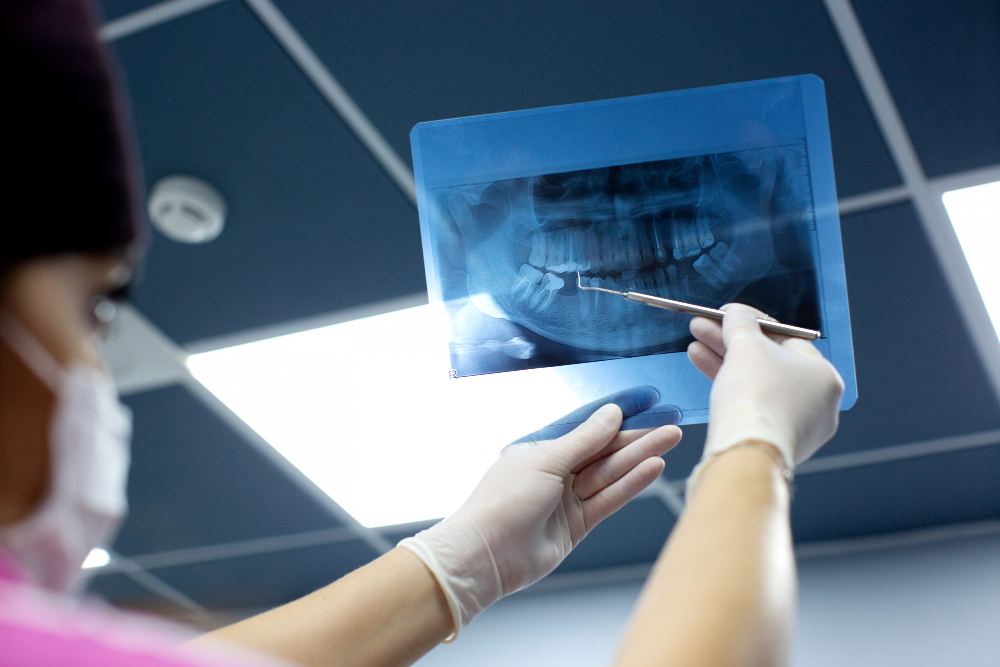
Advancing Knee Stability: Innovations in ACL-PCL Implants
Knee injuries can be life-changing events that not only hinder mobility but also diminish the quality of life. Among these, injuries to the anterior cruciate ligament (ACL) and posterior cruciate ligament (PCL) are particularly debilitating, as they play a crucial role in maintaining knee stability. Today, advancements in ACL-PCL implants are revolutionizing the way orthopedic surgeons approach knee reconstruction, offering patients improved outcomes, faster recoveries, and a renewed sense of hope for a more active future.
Understanding the Role of the ACL and PCL
The knee is one of the body’s most complex joints, designed to support a vast range of motion while bearing the weight of daily activities. Two primary ligaments—the ACL and PCL—are essential for stabilizing this joint. The ACL prevents the tibia from sliding out in front of the femur, while the PCL stops it from moving backward. Together, they ensure that the knee remains stable during dynamic activities such as running, jumping, and pivoting.
Injuries to these ligaments are often the result of high-impact sports, accidents, or even gradual wear and tear over time. A tear or rupture in either ligament can lead to instability, pain, and an increased risk of further joint damage. Traditionally, treatment involved extensive rehabilitation or surgical reconstruction using autografts or allografts. However, these methods come with inherent limitations, including donor site morbidity, lengthy recovery times, and variable outcomes.
The Emergence of ACL-PCL Implants
With the rapid progress in biomedical engineering and surgical techniques, ACL-PCL implants have emerged as a promising alternative to traditional ligament reconstruction. These implants are designed to mimic the natural function of the native ligaments while providing structural support during the healing process. They can be tailored to the specific needs of a patient, offering a customizable solution that traditional grafts often cannot match.
One of the primary advantages of ACL-PCL implants is their ability to reduce surgical trauma. Unlike autografts, which require harvesting tissue from the patient’s own body, implants can be inserted directly into the knee, minimizing additional surgical sites and reducing the risk of complications. Moreover, advanced materials used in these implants promote biocompatibility and encourage tissue integration, ensuring that the body accepts the implant more naturally over time.
Innovations in Implant Materials and Design
The success of ACL-PCL implants is largely dependent on the materials and design innovations that have been developed over recent years. Modern implants are constructed from high-performance biomaterials such as titanium alloys, ultra-high-molecular-weight polyethylene (UHMWPE), and bioresorbable polymers. These materials offer an ideal combination of strength, flexibility, and durability, which are essential for withstanding the stresses of daily movement.
Recent advances in material science have also led to the development of implants with surface modifications that enhance cell adhesion and promote the natural regeneration of tissue. Coatings infused with growth factors or antimicrobial agents help minimize the risk of infection and facilitate faster integration of the implant with the surrounding bone and tissue.
Design improvements have also played a significant role in enhancing the functionality of these implants. Engineers and researchers are now able to use computer-aided design (CAD) and 3D printing to create patient-specific implants that fit perfectly within the knee’s unique anatomy. This level of customization not only improves the mechanical performance of the implant but also contributes to a more natural feel for the patient, closely mimicking the biomechanics of a healthy knee.
Surgical Techniques and the Role of Technology
The evolution of ACL-PCL implants has gone hand in hand with advances in surgical techniques. Minimally invasive procedures, such as arthroscopy, have become the standard approach for implant placement, reducing postoperative pain and speeding up the recovery process. Surgeons now have the advantage of high-definition imaging and real-time navigation systems, which allow for precise placement of implants and optimal alignment with the patient’s anatomy.
Robotic-assisted surgery is another emerging technology that is transforming the field of orthopedic surgery. With the help of robotics, surgeons can plan and execute complex procedures with unparalleled accuracy. This not only minimizes the risk of human error but also ensures that the implant is placed in the exact position required to restore knee stability and function.
Benefits for Patients
The development of ACL-PCL implants represents a significant leap forward in the treatment of knee injuries. For patients, the benefits are multifaceted:
- Reduced Recovery Time: With less invasive surgical techniques and implants designed for rapid tissue integration, patients can expect a shorter recovery period compared to traditional graft-based reconstructions.
- Minimized Complications: The elimination of donor site morbidity and the use of biocompatible materials reduce the risk of complications such as infection and rejection.
- Improved Functionality: Customized implants that match the patient’s anatomy contribute to better joint function and a more natural range of motion, enabling patients to return to their daily activities and sports with greater confidence.
- Long-term Durability: Modern biomaterials are engineered to withstand the rigors of everyday use, promising longer-lasting outcomes and reducing the likelihood of revision surgeries.
These advancements are not only restoring knee function but also improving the overall quality of life for countless individuals who might otherwise face chronic pain and disability.
Challenges and Future Directions
Despite the remarkable progress in ACL-PCL implant technology, several challenges remain. One of the primary hurdles is ensuring that the implants can perfectly replicate the complex biomechanical properties of natural ligaments. While current designs are highly effective, ongoing research is needed to fine-tune the elasticity, strength, and integration properties of these implants.
Moreover, long-term studies are essential to evaluate the durability of these implants over decades of use. As more patients opt for implant-based reconstructions, the medical community will gather valuable data on performance, potential complications, and areas for further improvement.
Looking to the future, researchers are exploring the integration of regenerative medicine techniques with implant technology. One promising avenue is the use of stem cells and growth factors to stimulate the regeneration of native ligament tissue around the implant. This approach could potentially lead to a hybrid solution where the implant not only provides immediate structural support but also serves as a scaffold for natural tissue growth, eventually merging with the patient’s own biological tissue.
Another area of exploration is the development of smart implants equipped with sensors that monitor healing progress in real time. These devices could provide surgeons with critical data on implant performance and tissue integration, allowing for personalized postoperative care and timely intervention if complications arise.
Conclusion
ACL-PCL implants are at the forefront of a transformative era in orthopedic surgery. By combining innovative materials, cutting-edge design, and advanced surgical techniques, these implants are redefining the standard of care for knee injuries. Patients benefit from reduced recovery times, fewer complications, and improved joint functionality, all of which contribute to a faster and more confident return to active living.
While challenges remain, ongoing research and technological advancements promise to further enhance the performance and integration of ACL-PCL implants. The future of knee reconstruction lies in the seamless integration of biomedical engineering, regenerative medicine, and smart technology, ensuring that patients receive the most effective and personalized care possible.
As we continue to push the boundaries of what is possible in orthopedic medicine, the story of ACL-PCL implants is a testament to the power of innovation and the relentless pursuit of better health outcomes. For anyone facing the daunting prospect of a knee injury, these advancements offer a beacon of hope—a future where recovery is faster, function is restored, and the joy of movement is reclaimed.
Whether you’re an orthopedic professional, a patient exploring treatment options, or simply a curious reader, staying informed about the latest developments in ACL-PCL implants is essential. This exciting field is evolving rapidly, and the innovations of today are laying the groundwork for the breakthroughs of tomorrow.
Leave a Comment
© Copyright © 2024 gwsmed.com | GWS Surgicals LLP. All rights reserved.
| |




Comment (0)
No Comments Yet. Be the first one.